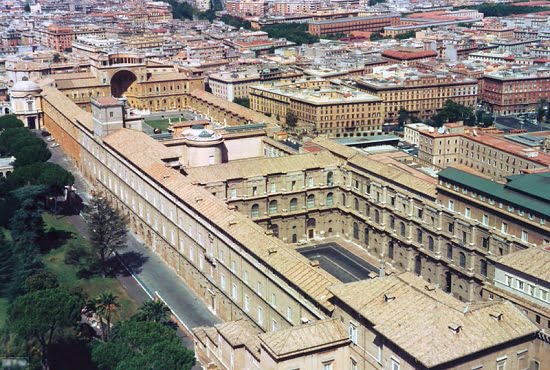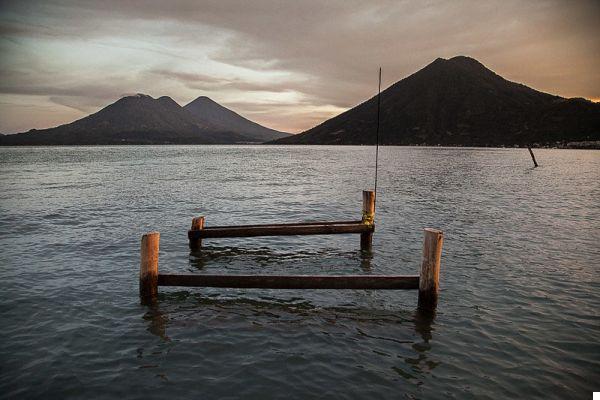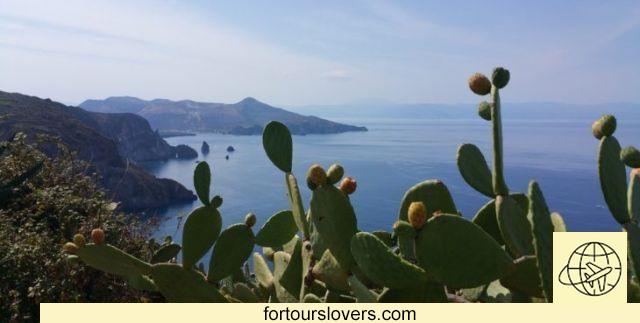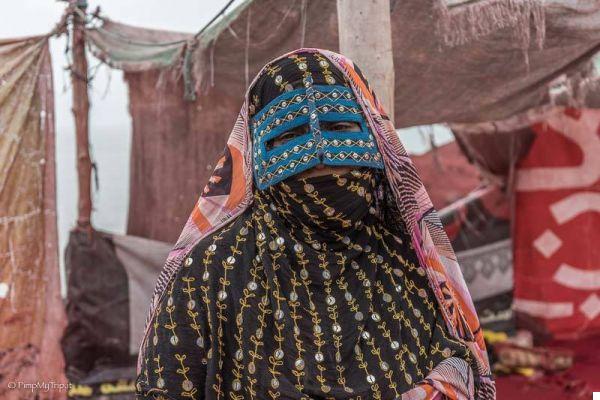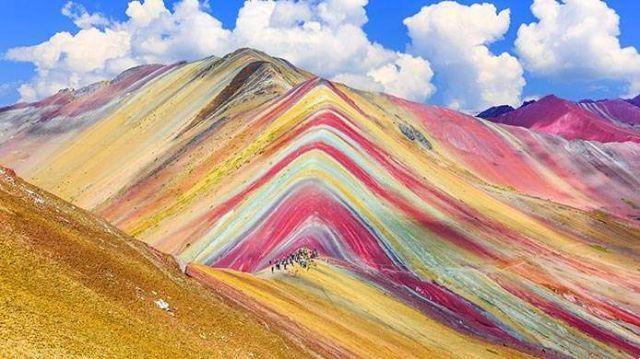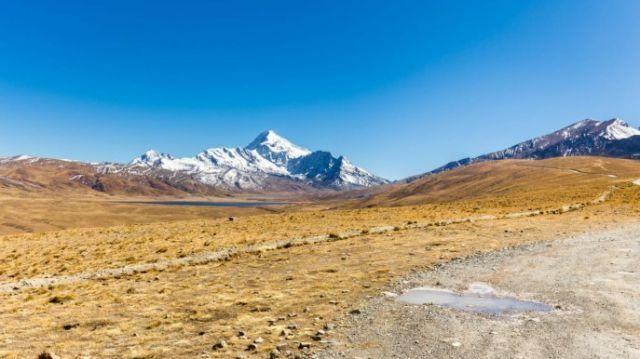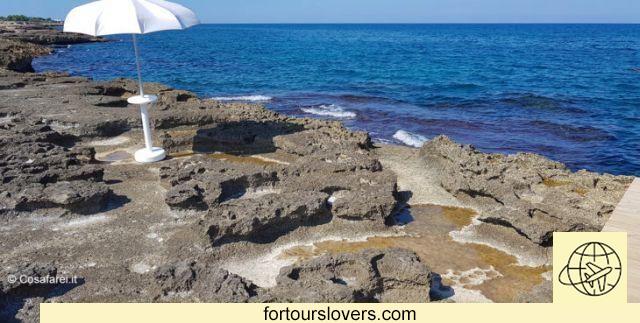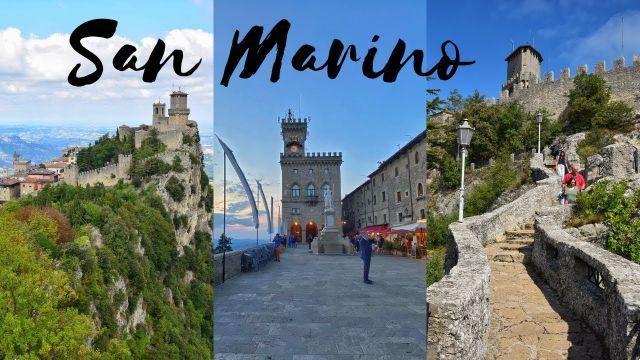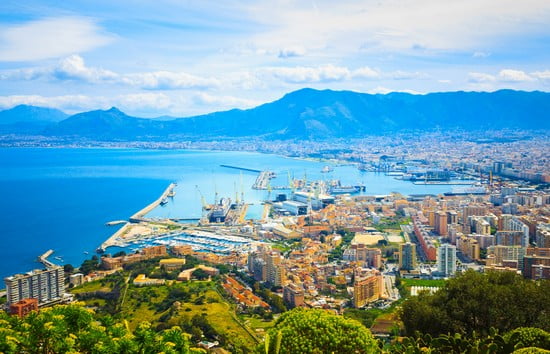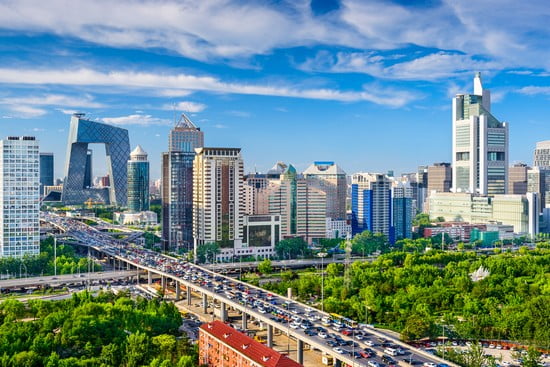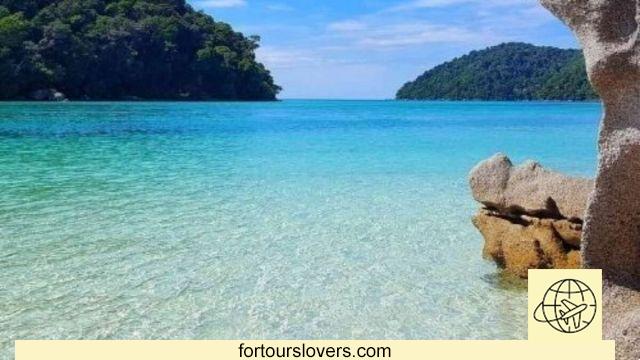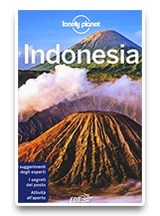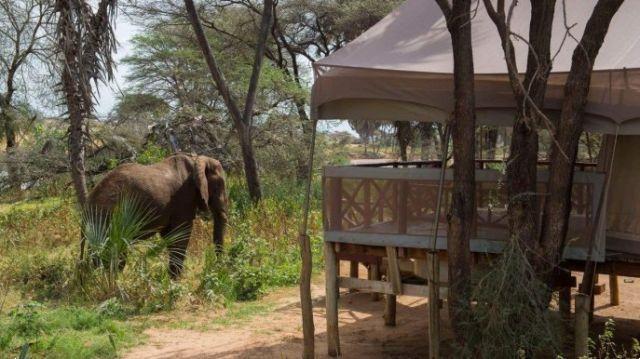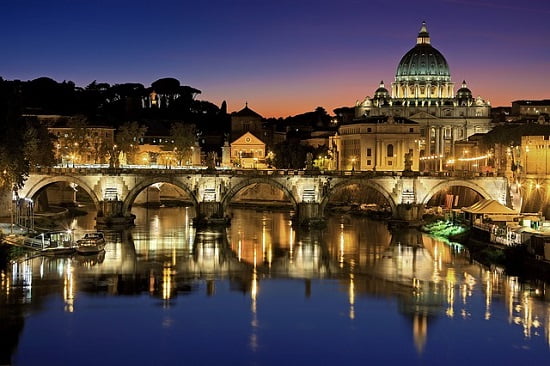Our evaluation by month
| January |  |
| February |  |
| March |  |
| April |  |
| May |  |
| June |  |
| July |  |
| August |  |
| September |  |
| October |  |
| November |  |
| December |  |
Chile is a whirlwind of mountain peaks, volcanoes, rivers and waterfalls, lakes, glaciers and fjords, islands, deserts and a long coastline overlooking the South Pacific Ocean. A great variety of animals live its lands, including pumas, foxes, llamas, alpacas, pudu a small species of deer, vampire bats, armadillos, chinchillas, pink flamingos, condors, penguins, killer whales and blue whales, you will discover a world immersed in the still unspoiled nature.
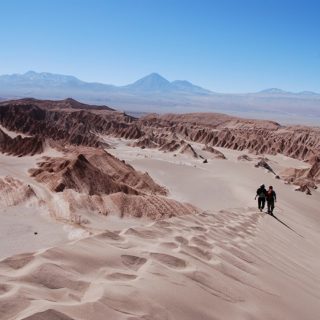 Chile, Atacama Desert
Chile, Atacama Desert
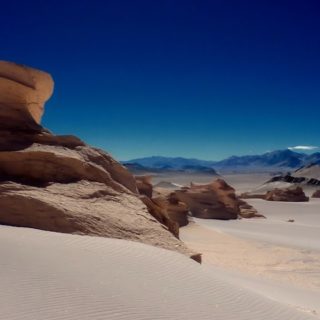 Chile, desert in the Andes
Chile, desert in the Andes
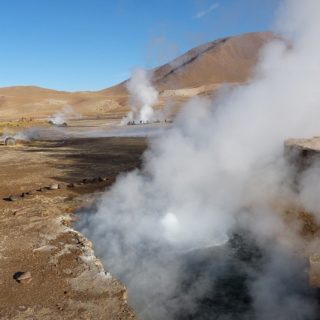 Cile, geyser of El Tatio
Cile, geyser of El Tatio
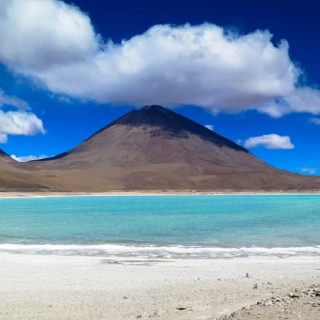 Chile, salt lake
Chile, salt lake
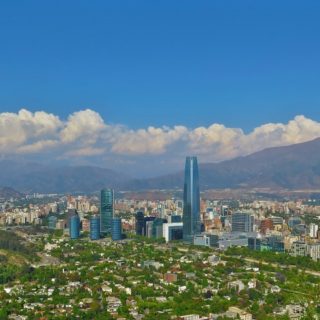 Chile, Santiago de Chile
Chile, Santiago de Chile
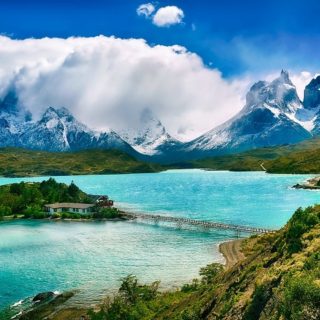 Chile, Torres del Paine
Chile, Torres del Paine
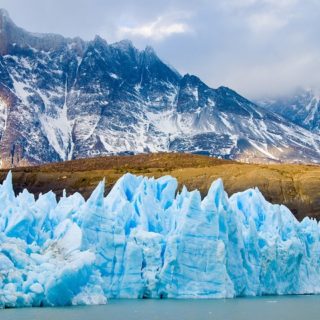 Chile, Chilean Patagonia
Chile, Chilean Patagonia
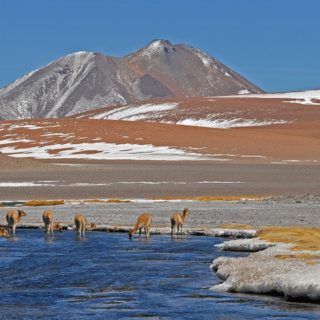 Chile, alpaca
Chile, alpaca
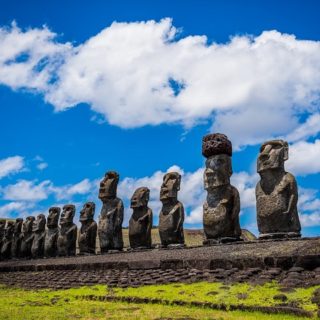 Chile, the moai on Easter Island
Chile, the moai on Easter Island
Chile is also known for Easter Island, or Rapa Nui in its native language, the mysterious island 5 hours flight from Santiago, where several volcanoes and the famous moai, giant stone statues reign. Chile must be seen far and wide to get to know it entirely and appreciate its environmental varieties. You will pass from the desert and fascinating areas of the north, to the valleys and coastal beaches of the center with the capital Santiago; from the lakes and volcanoes of the south where the rains enrich the ecosystem of this area of Chile with vegetation, to the wild land of Patagonia even further south, rich in fjords, glaciers and forests, to conclude the journey by arriving at Cape Horn at the tip extreme South America, with end-of-the-world landscapes. A world full of sensory experiences awaits you in Chile, where you can rediscover the most primitive contact with nature.
Weather
Il climate in Chile varies according to latitude and given the length of its territory it is very different from north to south. Being in the southern hemisphere, the seasons are reversed compared to ours, therefore their winter is from June to September, while the summer from December to March.
A north the climate is arid with practically no rainfall in the geographical area north of Santiago, often creating lunar landscapes, and with temperatures that are around 20-25 ° C during the day and 12-18 ° C at night in the Atacama desert. Climbing the peaks of the Andes during the night, the temperatures drop significantly, freezing during the winter.
Moving on towards the south and continuing beyond Santiago the climate becomes Mediterranean, mild and rainy during the winter from June to August with values that are around 8 cm of rain and 9 days of bad weather per month, and temperatures close to 16 ° C during the day, therefore without creating major inconveniences. During the summer (December-March) temperatures rise a lot and often reach 30 ° C, especially in Santiago, while rainfall is very scarce.
Going further south, temperatures begin to decrease (around 10 ° C in July and 22 ° C in February the maximum) and rainfall increases, especially between April and September. Traveling further south, temperatures drop further and rainfall becomes more contained within the fjords, while it increases in the areas most exposed to winds. In the most extreme point of Chile, temperatures touch 0 ° C during the months of June and July and many times even drop below freezing, while during the summer they can barely touch 10 ° C during the day.
Easter Island it is covered by wide grasslands and its climate is warm all year round with temperatures ranging from 15 ° C in August to 25 ° C in February, while an average of 9 cm of rain per month falls, a little more abundant between April and July.
The water of the sea on the coasts of Chile are cool and only in the north they can reach 23 ° C in the months of January and February.
The best time to travel to Chile is definitely during our winter, from November to March, when rainfall is scarce and temperatures are high, allowing you to reach even the southernmost area of Chile, full of natural parks and wonderful views, thus avoiding the abundant rains of the months from April to October.
For more details on precipitation and average temperatures consult the following data.
Annotations
Suggestions: bring with you all kinds of clothing, both warm and cool, to be able to explore every corner of Chile.




